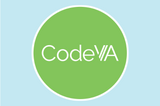
See computer science integration opportunities in K-5 music in this crosswalk of the two disciplines.
- Subject:
- Computer Science
- Music
- Material Type:
- Teaching/Learning Strategy
- Author:
- CodeVA Curriculum
- Valerie Fawley
- Date Added:
- 03/29/2023

See computer science integration opportunities in K-5 music in this crosswalk of the two disciplines.
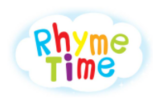
Create Rhyming is a cross-curricular lesson designed by an Elementary Music Teacher to support Math instruction. Created By: Gina Dickerson Powhatan County Public Schools
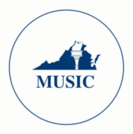
After viewing the video “Anatomy of a Jam Session” from Virginia Roots: A Journey into Appalachian Music, Blue Ridge PBS, students will collaborate to create a performance of a two or three chord old-time song with available classroom instruments in the style of a jam session.
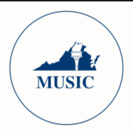
After viewing the video “Anatomy of a Jam Session” from Virginia Roots: A Journey Through Appalachian Music, Blue Ridge Public Media, students will collaborate to create a performance of a two or three chord old-time song with available classroom instruments in the style of a jam session.
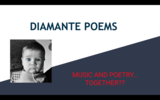
Bring Music and Language Arts together in a Google Slide Show lesson. Using both prior knowledge and observation, students will compare and contrast musical instruments as they create a Diamante style poem.

Video Description: In this close-up video, Begona Vila, Instrument Systems Engineer for the James Webb Space Telescope at NASA's Goddard Space Flight Center, describes her role in supporting the operations of the Webb telescope. The Webb telescope is currently the largest and most complex space telescope, set to look back in time and take pictures of the first galaxies and stars in the universe. In addition to her work on this historic project, Begona shares her love for reading, yoga, and exploring the outdoors. She highlights her interest in both science and art and her belief that humans share the need to explore and continuously learn. Video length: 2:34.NASA eClips Ask SME: Close-up with a NASA Subject Matter Expert videos are professionally developed to capture a glimpse of NASA SME's personal interests and career journeys. Each can be used to spark student interest and broaden their ideas of the STEM workforce. Additional videos in this series can be found by searching GoOpenVA using "NASA eClips Ask SME".

Video Description: In this close-up video, Marile Colon Robles, Project Scientist at NASA's Langley Research Center, shares her love for studying clouds and working with people from around the world to collect data about clouds. Video Length: 1:56.NASA eClipsTM is a suite of online student-centered, standards-based resources that support instruction by increasing STEM literacy in formal and nonformal settings. These free digital and downloadable resources inform and engage students through NASA-inspired, real-world connections.NASA eClips Ask SME: Close-up with a NASA Subject Matter Expert videos are professionally developed to capture a glimpse of NASA SME's personal interests and career journeys. Each can be used to spark student interest and broaden their ideas of the STEM workforce. Additional videos in this series can be found by searching GoOpenVA using "NASA eClips Ask SME".

Patterns in Music is a cross-curricular lesson designed by an Elementary Music teacher to support Math instruction. Created By: Gina Dickerson Powhatan County Public Schools.
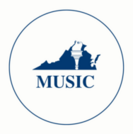
After learning basic Appalachian dance movement related to flatfooting, clogging, buckdance, or the Charleston. Students will create a rhythmic cue sheet diagraming the steps of a newly created dance based on original Appalachian dance steps, using traditional or iconic rhythmic notation. Students will choose Appalachian music to demonstrate and/or teach their original dance to others providing the cue sheet as a reference.
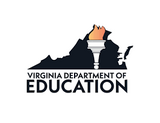
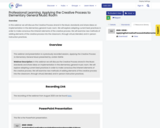
In this webinar we will discuss the Creative Process strand in the Music standards and share ideas on implementation in the elementary general music room. We will explore adapting current best practices in order to make conscious the inherent elements of the creative process. We will examine new methods of adding elements of the creative process into the classroom, through virtual, blended, and in-person instruction practices.
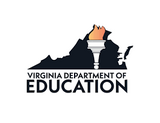
The intersection of our musical being and creativity can provide a new, refreshing, and confident outlook on the way forward. In fact, this “great reset” can usher in a revitalized, newly inspired approach to music making. Let the possibilities begin!
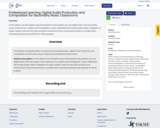
In this webinar, we will explore ways that teachers and students can use digital tools in the secondary music classroom for creation and investigation. Topics addressed will include project ideas, integration of audio creation tools into the class structure and environment, and practical issues to consider when choosing hardware and software for these projects.
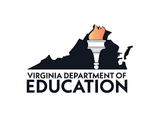
This webinar will explore the digital resources of the Library of the Congress for fine arts instruction. Engagement with primary source images, objects and documents can spark critical thinking, deeper learning and interdisciplinary connections for students. Join Sherry Levitt and Cynthia Szwajkowski from Teaching with Primary Sources, Virginia (TPSVA) for a lively, interactive exploration of the Library's rich, digital collections for in-person and virtual instruction. As a demonstration, special guest Carolyn Bennett, former Library of Congress Teacher-in-Residence, will model an activity using WPA Posters.
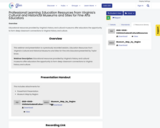
Educational resources provided by Virginia's history and cultural museums offer educators the opportunity to form deep classroom connections to Virginia history and culture.
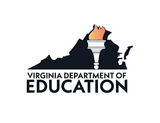
Participants will learn how to use #GoOpenVA to locate arts-based lessons (many of which are also cross-curricular). All such lessons are openly-licensed so they can be adapted to your own students and purposes. Additionally, #GoOpenVA provides a community space for teachers to connect with each other in these challenging times, when everyone is learning how to approach teaching in new ways.
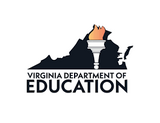
Participants will engage with technologies that facilitate creative music making and discuss where student imagination belongs in standards-based curricula.
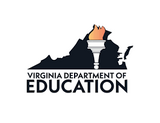
Dr. Angela Ammerman shares rehearsal strategies specifically geared toward English Learners (ELs). Learn about resources and strategies to provide language support and engage English Learners in the music classroom.
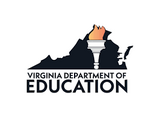
This webinar and presentation is a previously recorded session, Resources from the Virginia Museum of Fine Arts.Webinar Description: Join VMFA educators to learn about the new opportunities, resources, and supportive measures developed by Museum staff members in response to the challenges faced by teachers, students, and parents for the 2020-2021 school year. Learn about the major exhibition Treasures of Ancient Egypt: Sunken Cities, and find out about fall opportunities for online Professional Development, distance and digital learning options, remote access to VMFA’s encyclopedic collection, and more.
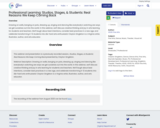
Drawing on walls, banging on pots, dressing up, singing and dancing like everybody’s watching are ways we get ourselves out into the world. In this webinar, we’ll discuss creative thinking and joy in arts learning for students and teachers. We’ll laugh about best intentions, consider best practices in a new age, and celebrate transforming K-12 students into die-hard arts enthusiasts! Clayton Singleton is a Virginia artist, illustrator, author, and arts educator.